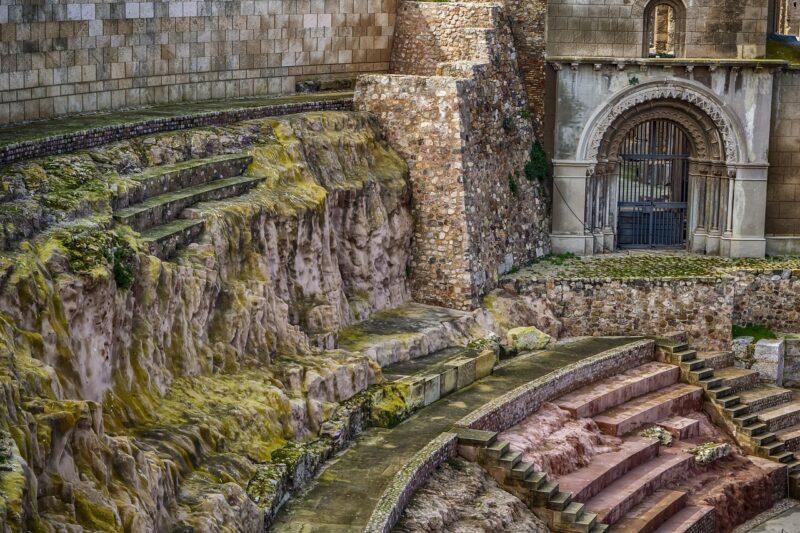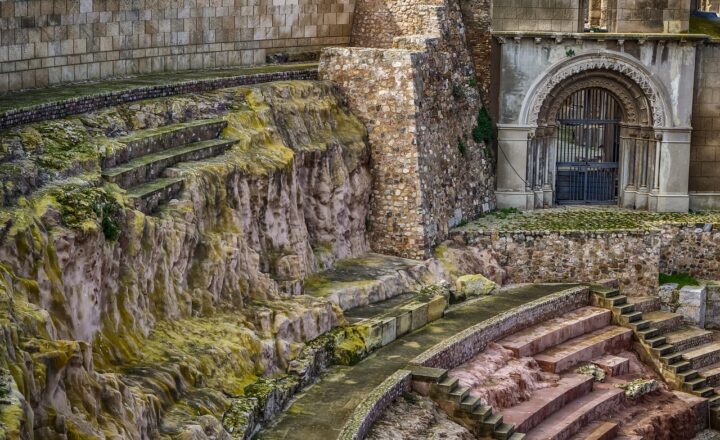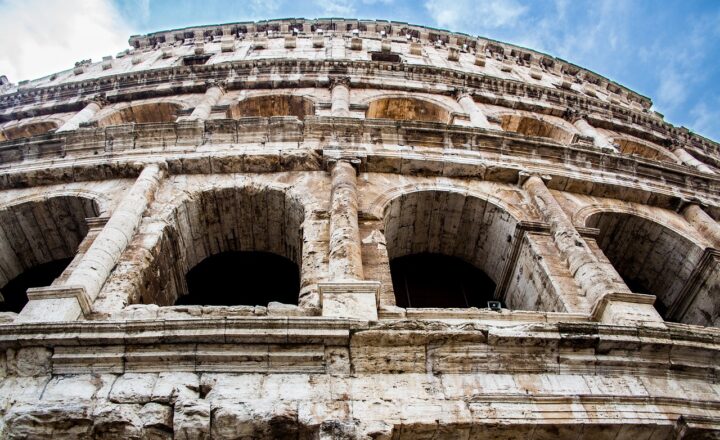The Rise and Fall of the Roman Empire: Key Events and Their Impact on Today’s World
November 14, 2024

The Roman Empire represents one of the most significant historical legacies in the western world, influencing everything from politics to architecture, contemporary law to cultural norms. Its rise from a small city-state to one of the most powerful empires in history is an extraordinary narrative filled with military conquests, culture, and governance. However, its eventual fall provides critical lessons that continue to resonate in today’s geopolitical climate.
1. The Rise of the Roman Republic
Begun in 509 BC, the Roman Republic was established on the principles of representative governance, with a Senate that advised the elected consuls. This political system allowed for certain checks and balances that were revolutionary for its time. During the Republic’s early years, Rome gradually expanded through various means:
- Military Conquests: Rome engaged in a series of wars, the most significant being the Punic Wars against Carthage, which solidified its dominance in the Mediterranean region.
- Alliances and Diplomacy: Rome utilized cunning diplomacy to forge alliances, secure trade routes, and expand its influence beyond military might.
- Infrastructure Development: The construction of roads and aqueducts facilitated communication and commerce, further aiding the empire’s expansion.
The Republic’s foundation marked the beginning of a new era characterized by innovation, military prowess, and the spread of culture in the ancient world.
2. The Transition to Empire
The transition from a Republic to an Empire was neither swift nor straightforward. The internal strife, class struggles, and civil wars led to the emergence of powerful generals like Julius Caesar, who challenged the Senate’s authority. Caesar’s crossing of the Rubicon River in 49 BC was a pivotal act that ultimately culminated in his dictatorship and assassination in 44 BC.
This tumultuous period led to:
- The Rise of Augustus: After Caesar’s death, his adopted heir Augustus (formerly Octavian) emerged victorious from the power struggles, becoming the first Roman Emperor in 27 BC, marking the official rise of the Roman Empire.
- The Pax Romana: Augustus established a time of relative peace and stability known as the Pax Romana that lasted for over two centuries. This era fostered economic prosperity, extensive infrastructure projects, and cultural achievements across art and literature.
Augustus’ reign is often seen as the golden age of Rome, symbolizing the efficiency of imperial governance and innovative administration that laid the groundwork for future leaders.
3. Key Events of the Roman Empire
Several key events mark the timeline of the Roman Empire’s development and highlight the intricate relationship between its internal and external challenges:
- Decline of the Western Roman Empire: By the 3rd century AD, the empire faced numerous challenges, including economic troubles, political corruption, and invasions by barbarian tribes. The Sack of Rome in 410 AD by Visigoths symbolized the decline of imperial power.
- The Edict of Milan (313 AD): Issued by Emperor Constantine, this edict legalized Christianity, which would significantly shape the religious landscape of Europe and beyond. The favor bestowed upon Christianity sparked both cultural and political shifts, paving the path for what would become the Holy Roman Empire later on.
- The Division of the Empire (285 AD): Emperor Diocletian’s decision to divide the empire into Western and Eastern Roman Empires aimed to improve administration and defense but ultimately led to divergent paths, with the Eastern Roman Empire (Byzantine Empire) continuing to flourish long after the fall of the West in 476 AD.
These pivotal moments encapsulate the rise and challenges faced by one of history’s most remarkable civilizations.
4. Lessons Learned from the Fall of the Roman Empire
The fall of the Western Roman Empire in 476 AD provides valuable insights into contemporary issues. Some critical lessons include:
- The Importance of Strong Governance: Political instability and corruption weakened the empire from within, showcasing the necessity for robust governance structures in maintaining a state’s integrity and strength.
- Cultural Integration and Tolerance: Rome’s diverse population contributed to its cultural richness. However, failure to manage ethnic diversity resulted in tensions that undermined unity among its citizens.
- Adaptability in the Face of Change: The inability to adapt to sociopolitical challenges led to severe disruptions. Modern societies must remain flexible and responsive to changing circumstances to avert a similar fate.
The insights derived from Rome’s decline challenge contemporary nations to reflect on their own practices, governance, and cultural dynamics.
5. The Roman Legacy in Today’s World
The legacy of the Roman Empire can be observed in various domains of modern life, such as:
- Legal Systems: Roman law forms the foundation of legal systems in many countries, emphasizing concepts of justice, property rights, and contractual agreements that govern modern society.
- Architecture and Infrastructure: The Romans perfected architectural techniques, notably the arch, which continues to influence contemporary design, seen in bridges, government buildings, and arenas worldwide.
- Language and Literature: Latin, the language of the Romans, is the precursor to the Romance languages and remains critical in legal, scientific, and religious contexts today.
In essence, Rome’s impact permeates many aspects of modern society, and its explorations of governance, law, and culture serve as a foundation for contemporary civilization.
Conclusion
The rise and fall of the Roman Empire encapsulate a remarkable period that shaped the course of human history. By studying key events and their lasting impact, we gain a deeper understanding of today’s socio-political landscape and cultural norms. The lessons derived from this ancient civilization remind us of the importance of strong governance, cultural integration, and adaptability as we navigate the complexities of the modern world. Rome’s legacy continues to resonate, echoing through the hallways of history and persisting in our cultural memory as a vital reference point for establishing a just, equitable society today.






